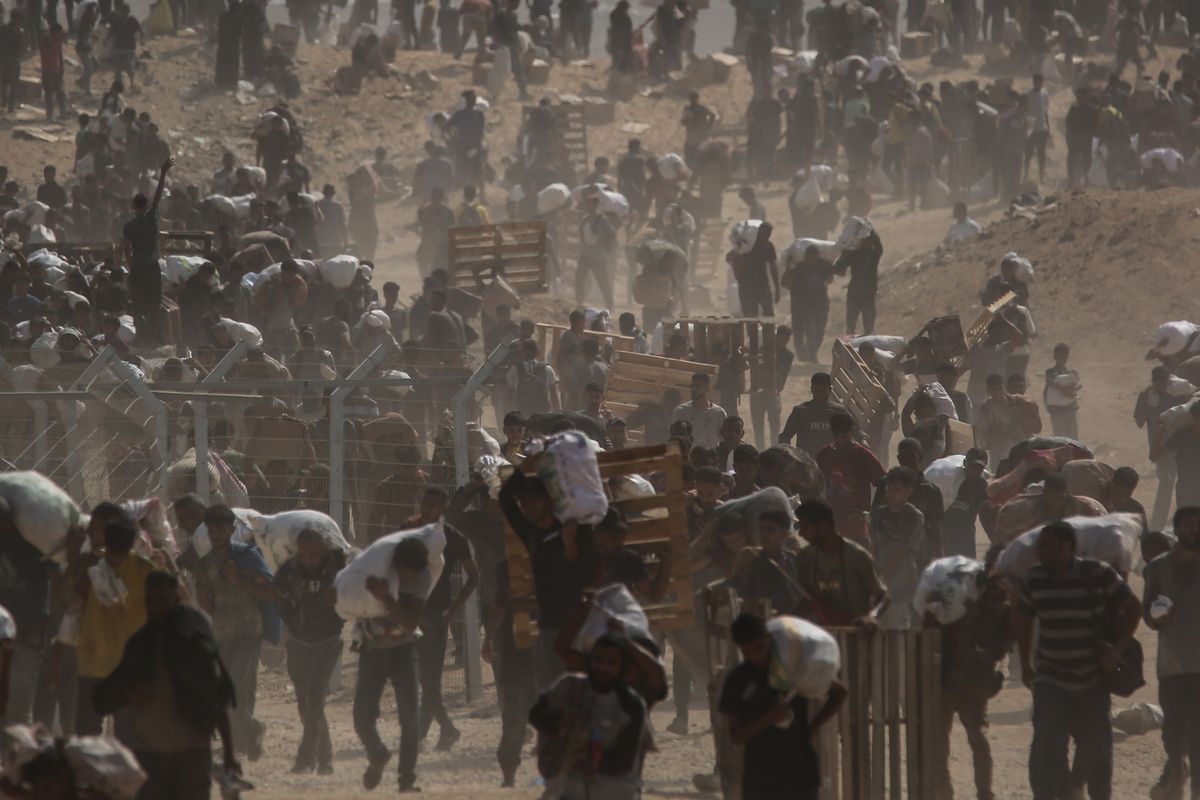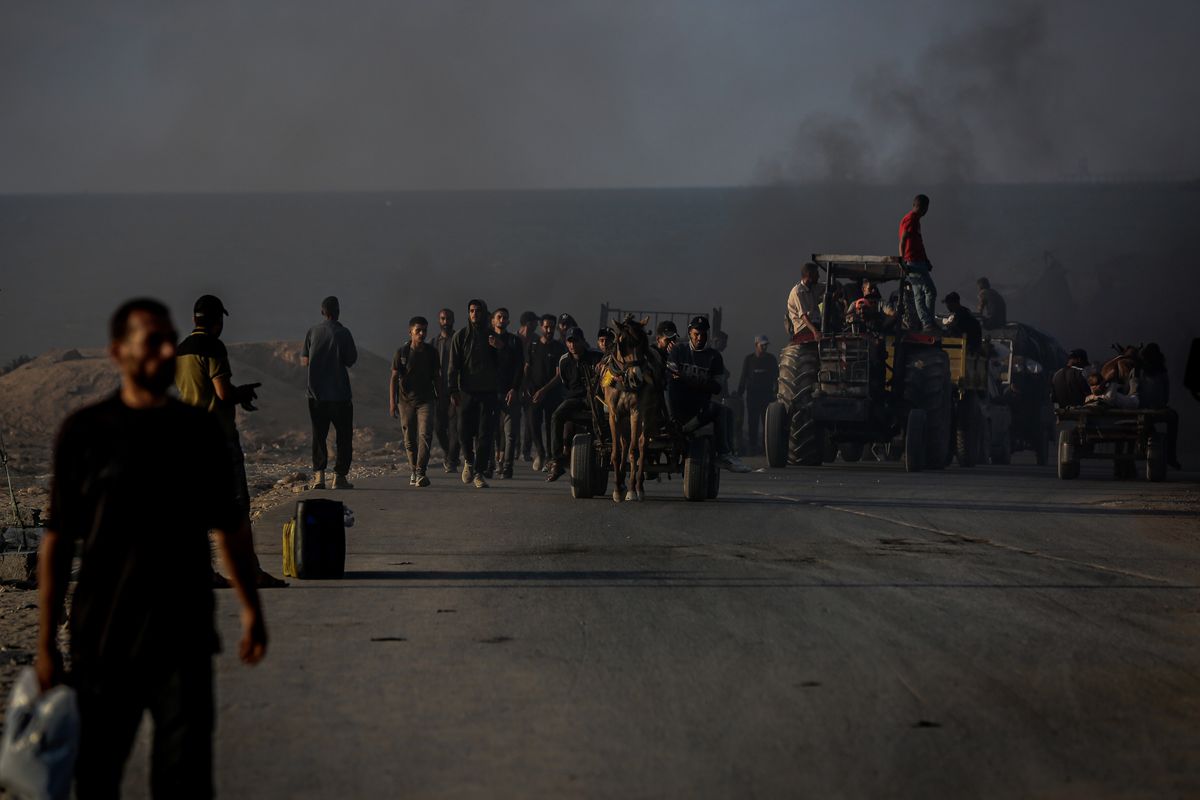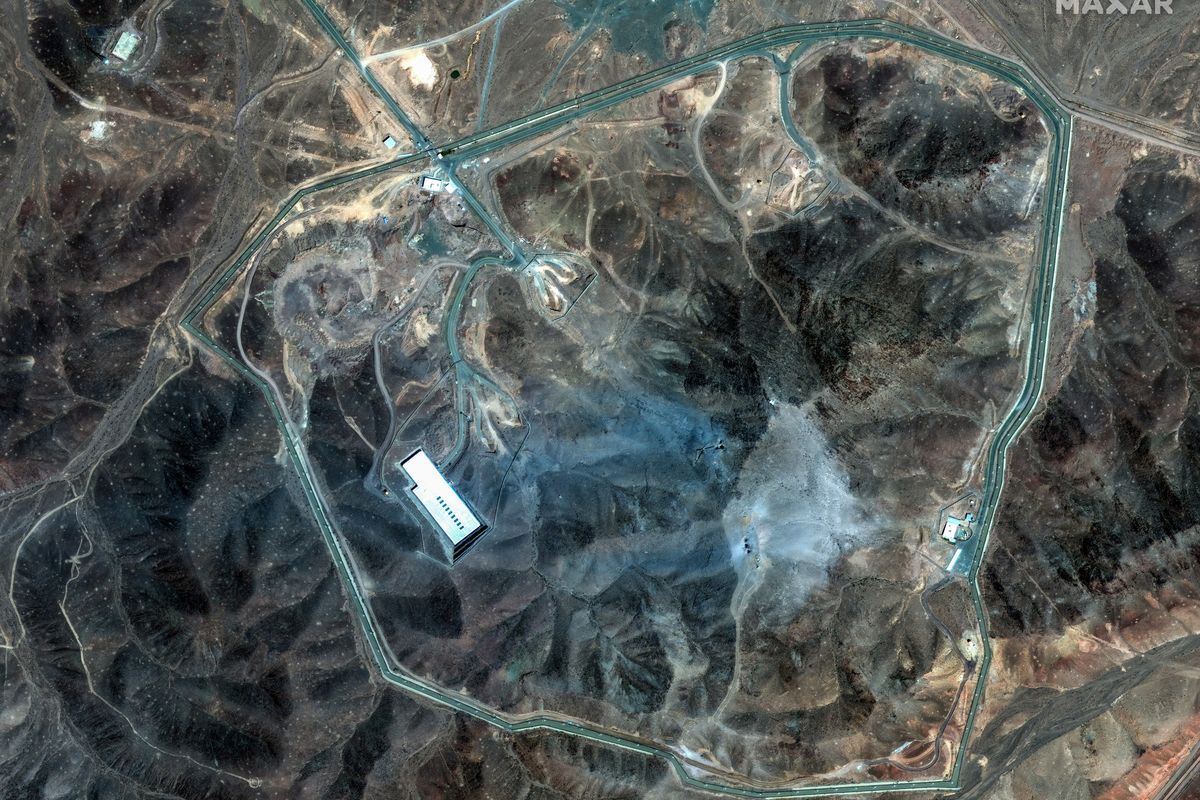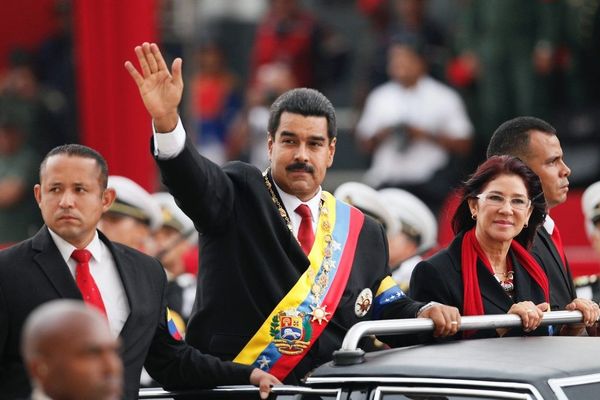The Cipher Brief spoke with former DNI Iran Mission Manager and Cipher Brief expert Norman Roule about the worst demonstrations in Iran since 2009. The interview is adapted for print below. This time, the rising prices and allegations of corruption seem to be driving the chaos.
With little warning, crowds estimated in the few thousands have appeared in about a dozen major cities throughout the country....The geography is what I find most interesting. You have demonstrations in the west, in Kermanshah and Ahvaz; in the south in Shiraz; in the northeast, in Mashhad, where there were reports of 52 arrests [on Friday]. You also have them in other cities, to include Qom and Qazvin.
The governor-general of Tehran has stated, according to press reports, that he would provide no permits for demonstrations, and that police were out in force on street corners. There are reports of arrests having been made, but I’ve seen no reports of large protests in Tehran. There have been calls on social media for additional protests.
Protests in Iran are not uncommon; what is uncommon here is the geography and consistency of protestor complaints. Usually, demonstrations are the result of labor, economic or even environmental complaints. But once the local problem is resolved, the crowds disperse. These protests began on economic issues—complaining about recent price hikes and living standards—but you’re now hearing, increasingly, themes of protest against clerical rule.
The crowds seem to include Iranians of all ages. This tells me that this is not just youth-based, but class-based. We have seen videos of chants of “Death to Rouhani” – as in Iranian President Hassan Rouhani – and I have also seen reports of “Death to Dictator” – a reference to the Supreme Leader, Ayatollah Ali Khamenei. There has also been criticism of Iranian involvement – and expenditures – in Lebanon and Gaza.
Interestingly, I’ve seen no reports of “Death to America” or “Death to Israel.” Even in the holy city of Qom, there have allegedly been chants of “We don’t want an Islamic Republic.” That is extraordinary.
What do you make of the fact that “Death to America" and "Death to Israel” chants aren’t present in these protests?
This tells me the protests are not government-sponsored. Usually, in any government-arranged event, you will have chants calling for death to the United States, Israel, criticism of the Saudis or the like—but I haven’t seen this to date. And that makes me think that these demonstrations are more organic.
So, what’s the critical context that you’re thinking about as you watch these protests unfold?
The context is that Rouhani has not been able to improve living conditions as the Iranian people demand. We are now many months since the July 2015 JCPOA agreement. Sanctions were lifted and Iran gained access to billions of dollars of foreign exchange. Nonetheless, living standards continue to sag and many in Iran felt JCPOA would turn around the economy. I would also say that as more and more Iranians travel abroad, they are seeing the economic success and living standards of the Gulf and probably wonder why they can’t have the same. At this point, the Iranian government can’t blame sanctions or frozen funds for their problems. The issue is their own mismanagement although I have no doubt they will repeat their claim that the U.S. has conspired to prevent Iran from enjoying all of JCPOA benefits.
Rouhani recently submitted a budget in which he hopes to generate new revenue, around $4.8 billion dollars, I believe, to fund job creation programs. But to raise funds, he is going to cut programs that are important to the lower and middle classes. There are three primary strings of revenue he seeks to obtain in the upcoming budget, which would begin in the fiscal year starting March 21st.
The first would be a dramatic cut in cash subsidies, and that would result in savings around $4.5 billion. Iran ranks first in countries in the Middle East and North Africa for food and fuel subsidies. Much of this situation is due to decisions made by Rouhani’s predecessor, [Former President Mahmoud] Ahmadinejad. These subsidies were the basis for his popularity. Ahmadinejad himself undertook sanctions reform, but he replaced subsidies with a payment of about $11 a month, I recall, that went to millions. This has become a drag on the budget.
Rouhani didn’t like this program and has whittled down the number of people who receive that money by about 5 million, but it’s still a large number of Iran’s population and hence very expensive. Speaking of Ahmadinejad, the conspiratorial part of me wonders if he or his supporters arranged protests to create problems for Rouhani as well as the Supreme Leader, who recently indirectly criticized Ahmadinejad in a statement.
The second revenue-raiser would be an increase in energy prices. Iran spent about $35 billion a year on fuel subsidies in 2016. That’s a pretty big bite from its GDP. The new budget proposes increasing the gas price by 50% and the price of diesel by about 33%. This would do a couple of things. In addition to the revenue, it would help end the smuggling of subsidized Iranian fuel to neighboring countries for resale at higher prices. But this sort of a price increase would hit the middle and lower classes very, very hard.
This would also increase inflation. Rouhani has been very proud he has reduced that from 35% in 2013 to about 10% now. My sense is that inflation has been gradually moving upward and the reduction in fuel subsidies would add lift to this pressure. All of this said, I don’t think Iran’s parliament would have the political will to approve such a serious price hike for a commodity so important to so many Iranians.
And then finally, Rouhani would triple departure taxes on citizens leaving the country for non-religious purposes. This would also be a bite on the lower and middle classes who scrimp and save to travel abroad.
What are you watching for over the next few days?
First of all, do the protests continue and, if so, what is the extent of the violence? Often the press will cover protests, but you usually have a hard time finding reports describing where protests have ceased. Perhaps some of the protests could be addressed by improving local economic conditions. I would be interested in this sort of thing.
I would also look to see if the demonstrations continue to evolve into a protest against the government itself, vice economic conditions. Rouhani may well cave on subsidy cuts or come up with some other way of softening the blow, although we may hear of this first in a statement by the head of the Parliament of perhaps even the Supreme Leader himself. But if steam builds on the “Death to the Dictator” issue, Iran will need to crack down hard. In this case, I would look to see a deployment of militias and other security forces, perhaps brought in from other areas so they would be less uncomfortable turning on local protestors. This shift would increase the amount of violence and could back fire on the government.
I would also look to see what we saw in past demonstrations. I recall press videos showing young guys carrying cameras and videotaping the crowd. Iran uses these videos to identify ring leaders so that security personnel can visit them afterwards to discourage their participation in future, such events.
We also need to hear from the Supreme Leader, Rouhani, the head of parliament, and the IRGC (Iran's Islamic Revolutionary Guard Corps). All of these leaders have been silent, despite two days of protests. They surely had to expect some unrest given the scale of the subsidy cuts and therefore I would have thought they had taken some steps to prepare their response. In any case, these comments will tell us much about where Iran is going in coming days.
In the longer term, I would look to see what Rouhani does about unemployment and underemployment. This is his most persistent problem: you’re looking at about 12.5% unemployment. He doesn’t seem to be able to do anything about this. Further, this number doesn’t include underemployment. This last number is significant and includes college educated youth, women and those living in rural areas.
Finally, I think we need to pay more attention to what I call the breakfast table inflation – the overall inflation rate used by economists is important, but I worry more about the inflation rate the average Iranian deals with in buying eggs, chickpeas, dairy products and basic meats. The prices of many basic goods, to include eggs, have gone up by 30-40% in recent weeks.
Any last thoughts?
First, these demonstrations tell everyone that Iran’s political foundations are weak. We need to ask if Rouhani is a spent force or whether some even overestimated his ability to bring about real change. He has been leaning right in recent months, perhaps in an effort to ingratiate himself with the IRGC to enhance his candidacy to replace Khamenei, but his decisions in coming days will tell us much about where he can take Iran.
Second, it is notable that Tehran’s police chief announced that those flouting the strict dress code would not be detained. Perhaps this was part of Tehran’s plan for dealing with the unrest, although if so, it will prove to be insufficient. But I wonder whether Saudi Arabia’s modernization campaign, which calls for increased moderation in Islam, is having some impact in Iran itself. A number of people have voiced concerns over the Saudi modernization program, perhaps we should consider the regional impact of this transformation as well.
Norman T. Roule served for 34-years in the Central Intelligence Agency, managing numerous programs relating to Iran and the Middle East. He served as the National Intelligence Manager for Iran (NIM-I) at the Office of the Director of National Intelligence from November 2008 until September 2017.












